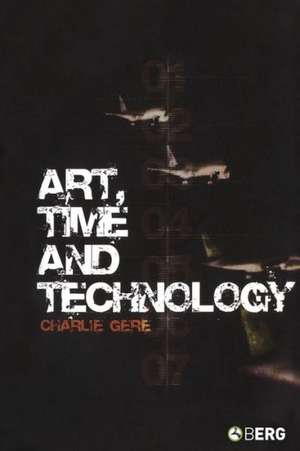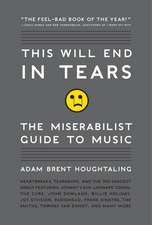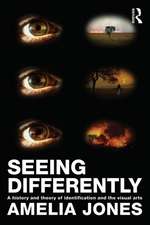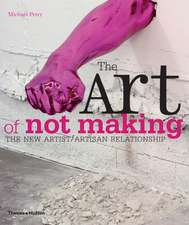Art, Time and Technology: Culture Machine
Autor Charlie Gereen Limba Engleză Paperback – 30 apr 2006
| Toate formatele și edițiile | Preț | Express |
|---|---|---|
| Paperback (1) | 191.13 lei 43-57 zile | |
| Bloomsbury Publishing – 30 apr 2006 | 191.13 lei 43-57 zile | |
| Hardback (1) | 713.86 lei 43-57 zile | |
| Bloomsbury Publishing – 30 apr 2006 | 713.86 lei 43-57 zile |
Preț: 191.13 lei
Preț vechi: 221.94 lei
-14% Nou
Puncte Express: 287
Preț estimativ în valută:
36.58€ • 39.75$ • 30.75£
36.58€ • 39.75$ • 30.75£
Carte tipărită la comandă
Livrare economică 21 aprilie-05 mai
Preluare comenzi: 021 569.72.76
Specificații
ISBN-13: 9781845201357
ISBN-10: 1845201353
Pagini: 208
Ilustrații: bibliography, index
Dimensiuni: 156 x 234 x 11 mm
Greutate: 0.33 kg
Ediția:English.
Editura: Bloomsbury Publishing
Colecția Berg Publishers
Seria Culture Machine
Locul publicării:London, United Kingdom
ISBN-10: 1845201353
Pagini: 208
Ilustrații: bibliography, index
Dimensiuni: 156 x 234 x 11 mm
Greutate: 0.33 kg
Ediția:English.
Editura: Bloomsbury Publishing
Colecția Berg Publishers
Seria Culture Machine
Locul publicării:London, United Kingdom
Caracteristici
Also available in hardback, 9781845201340 £50.00 (May, 2006)
Notă biografică
Charlie Gere is Reader in New Media Research at Lancaster University and is the author of Digital Culture.
Cuprins
Introduction: Three Million BC 1. 1833: Samuel Morse's Invention 2. 1888: Vincent van Gogh and Hypergraphic Culture 3. 1918: Kazimir Malevich in Orbit 4. 1947: Crossing the Time Barrier 5. 1952: John Cage's Early Warning System 6. 1956: John McHale, Art and Systems 7. 1970: Jack Burnham and Art in Real Time 8. 1985: Jean-Franois Lyotard and the Immaterial 9. 2002: Short Films about Flying Conclusion: '2001': Can Art Go On Without A Body
Recenzii
This is the first book that critically situates the technologies of real-time computing within the broader discourses of visual and media history. From Jack Burnham to John Cage, Leroi-Gourhan to Marshall McLuhan, and Les immateriaux to Stanley Kubrick, Gere challenges us to consider the role of the entire apparatus of communication in the ongoing construction of art as information processing system.
Charlie's book is, without any doubt, a major contribution to the field of 'art and technology' (and sometimes even 'art and science') studies, which it innovates in very stimulating ways.
I have read Art, Time, and Technology with permanent and increasing admiration, pleasure, and excitement. Charlie Gere's book is without any doubt a major contribution to the field of 'art and technology' (and sometimes even 'art and science') studies, which it innovates in very stimulating ways . . . one can only admire the breadth of the author's interests and the depth of his insights.
Charlie's book is, without any doubt, a major contribution to the field of 'art and technology' (and sometimes even 'art and science') studies, which it innovates in very stimulating ways.
I have read Art, Time, and Technology with permanent and increasing admiration, pleasure, and excitement. Charlie Gere's book is without any doubt a major contribution to the field of 'art and technology' (and sometimes even 'art and science') studies, which it innovates in very stimulating ways . . . one can only admire the breadth of the author's interests and the depth of his insights.








